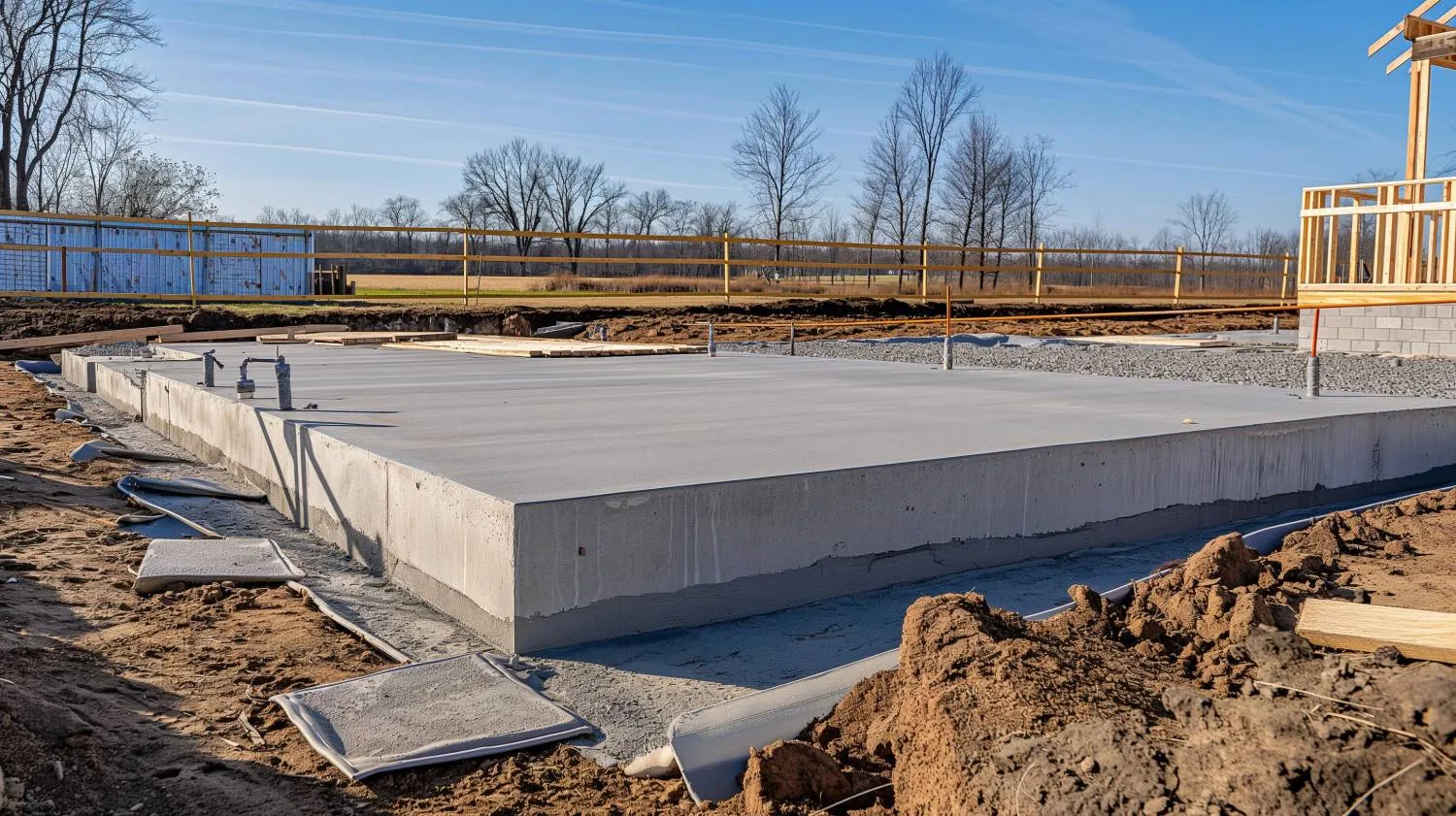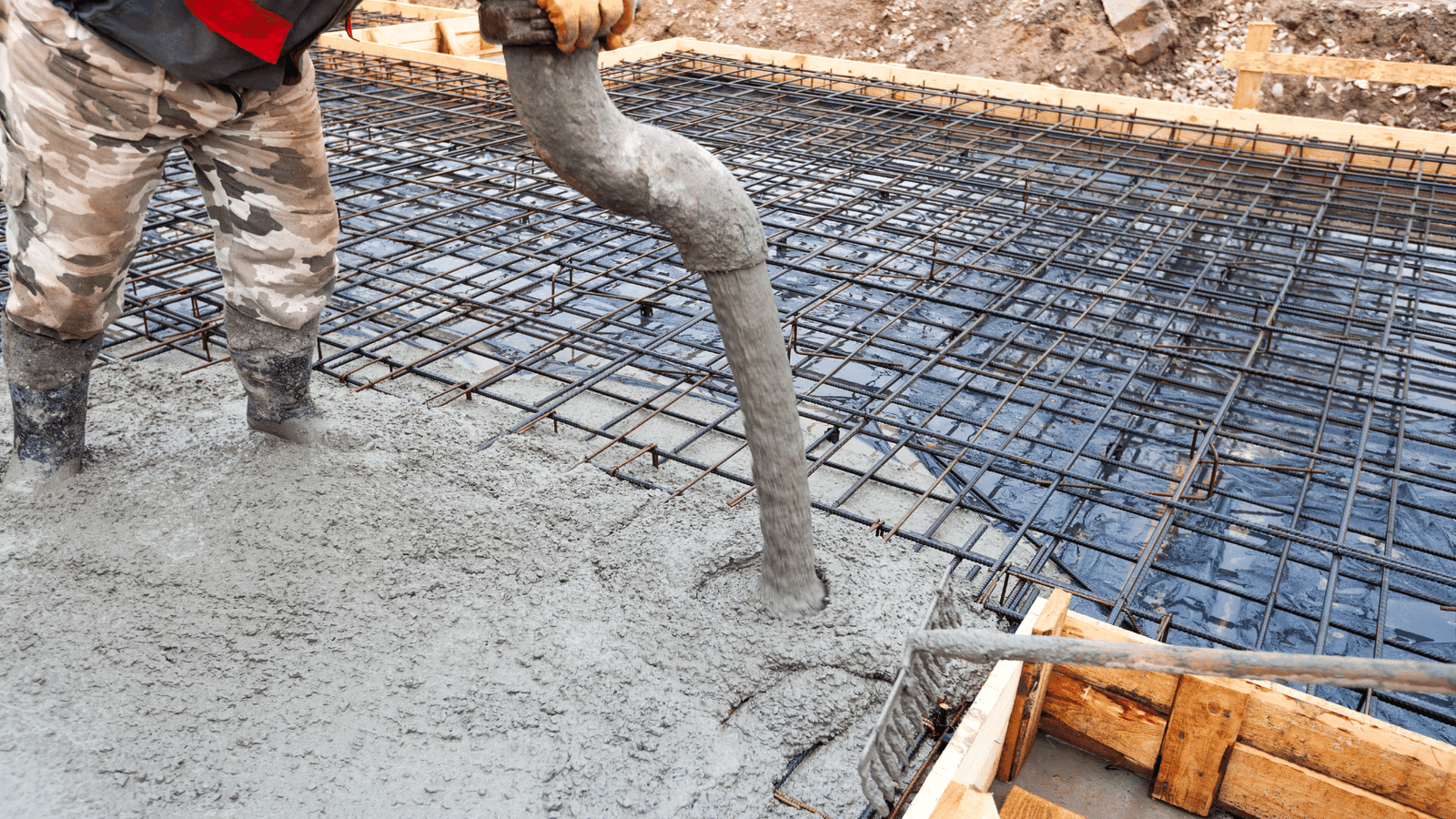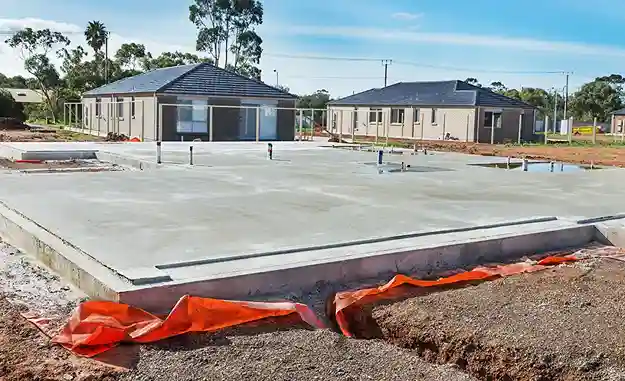Killeen, Texas, is known for its clay-heavy soil, which poses unique challenges to residential and commercial foundations. If you live in Killeen or the surrounding area, understanding how clay soil interacts with foundations is crucial for protecting your property. On the Killeen, TX, homepage, you’ll find detailed insights into the unique properties of Killeen’s clay soil, its effects on foundations, signs of damage to watch for, and proven methods for protecting your property against these specific soil challenges.
Clay soil can significantly impact foundation stability, with studies showing that its shrink-swell behavior can cause foundation settling and cracking. In affluent clay areas, soil can expand up to 10% during wet periods and shrink considerably when dry, causing repeated stress on structures. For further details on soil subsidence and its impact on foundations, provide statistical insights into how soil movement affects buildings in regions with expansive clays.
Effects on Foundations
Killeen’s soil composition is primarily clay, which has significant water-retention properties. This soil can absorb considerable water, leading to expansion, and then shrink drastically when it dries out. These constant cycles of expansion and contraction can be highly stressful on structures, putting pressure on foundations and potentially causing long-term damage. Managing this soil type is essential for foundation health in regions like Killeen, where wet and dry cycles are pronounced. When considering improvements to your property, such as a concrete driveway understanding how clay soil behaves is crucial to ensure that these features are designed to withstand the local conditions.
Characteristics of Clay Soil
Clay soil has distinct characteristics that make it challenging for foundations, especially in a climate with fluctuating moisture levels like Killeen’s.
Shrink-Swell Behavior:
When clay absorbs water, it expands; as it dries out, it contracts. This shift can cause the ground to move beneath the foundations, creating instability over time. Properties like concrete paving may also be affected if the ground shifts beneath them.
Water Retention:
Clay’s tendency to retain water increases lateral pressure on foundations, leading to cracks, soil erosion, or even movement of the foundation structure. This is a crucial consideration for structures like sidewalks which may experience similar stresses.
Seasonal Impact:
Killeen experiences wet and dry seasons, exacerbating clay soil’s expansion and contraction cycles. With each cycle, the foundation faces new stress, which can eventually weaken its structural integrity. Planning for these changes is important, particularly when installing features like patios or driveways.

Impacts of Clay Soil
The unique properties of clay soil in Killeen can create several specific challenges for home and building foundations:
Cracking:
As clay swells and contracts, it can lead to cracking in the foundation. These cracks can worsen over time, potentially affecting the structure’s stability. If you are installing new steps or paving, consider how foundation issues might impact these elements.
Uneven Settlement:
Variations in soil moisture and expansion can lead to uneven settling when parts of the soil expand or shrink differently. This uneven movement can cause parts of the foundation to settle irregularly, leading to sloped floors or misaligned doors and windows. Structures like sidewalks and driveways may also shift as a result.
Drainage Challenges:
Clay soil’s poor drainage can cause water to pool around the foundation, leading to moisture damage or leaks. Prolonged water exposure can erode the foundation, leading to further structural problems. Installing a pool deck without addressing drainage could exacerbate these issues.
Signs of Foundation Damage
Regular inspection for signs of foundation damage can save you from costly repairs if you live in an area with clay soil. Here are some common indicators:
Wall Cracks:
Watch for vertical or horizontal cracks along the foundation wall, as these can indicate shifting due to soil movement. These issues may also extend to features like steps or paving adjacent to the foundation.
Leaning or Bowing Walls:
Walls or other parts of the structure leaning away from the foundation can signal that the foundation has shifted.
Pooling Water:
If water pools around your foundation, especially after rain, it could mean that clay soil’s poor drainage is putting undue pressure on the structure. This pooling can affect the foundation and features like sidewalks and driveways.
Spotting these signs early can make it easier to address potential issues before they worsen.

Preventive Measures
For properties on clay soil, proactive measures can minimize the impact of shrink-swell cycles. Here are some preventive strategies:
Soil Testing:
Conduct a soil test before building on clay soil to determine its composition and how it may affect the foundation. This test helps choose the right foundation type and depth, which is especially important for structures like concrete patios.
Deep Foundations:
Like pier foundations, deep foundation types can reach stable soil layers beneath the clay-rich topsoil. Anchoring the structure into deeper soil reduces the impact of surface-level shrink-swell cycles, which is beneficial for adjacent features like paving.
Drainage Solutions:
Installing adequate drainage, like French drains or grading around the property, can prevent water accumulation. Keeping water away from the foundation reduces soil expansion near the structure, which can help protect sidewalks and pool decks.
Foundation Insulation:
Insulating the foundation helps moderate temperature fluctuations that can exacerbate soil movement. Insulation acts as a buffer, protecting the foundation from rapid temperature and moisture changes, which can also aid in maintaining the integrity of surrounding features like steps.
Repair Solutions
If your foundation has already sustained damage due to clay soil, several repair options can help stabilize and restore it:
Pairing:
It involves inserting steel piers into the ground to stabilize shifting foundations. It’s particularly effective for foundations affected by clay soil and can also help restore features like driveways.
Mud Jacking:
Also known as slab lifting, mud jacking is used for minor settling issues. A cement mixture is injected beneath the slab to lift it back into position, which can help correct uneven settling in structures like patios and sidewalks.
Epoxy Injection:
For minor foundation cracks, epoxy injections can seal and reinforce the damaged area, preventing further moisture intrusion and structural issues that could affect other features.

Monitoring and Maintenance
Maintaining your foundation in Killeen’s clay soil environment requires regular monitoring and maintenance:
Routine Checks:
Inspect the foundation for new cracks, sloping floors, and signs of water pooling at least twice a year. Addressing these signs early can prevent further damage. Make sure to include assessments of surrounding features like steps and paving.
Seasonal Watering:
Keep moisture levels consistent around the foundation, particularly during dry spells. Light watering around the foundation can reduce excessive soil shrinkage and maintain stability, which is crucial for the health of nearby sidewalks and driveways.
Landscaping Practices:
Large trees and shrubs should be planted safely from the foundation. Their roots can interfere with the soil, absorbing moisture and contributing to uneven settling, impacting structures like pool decks.

